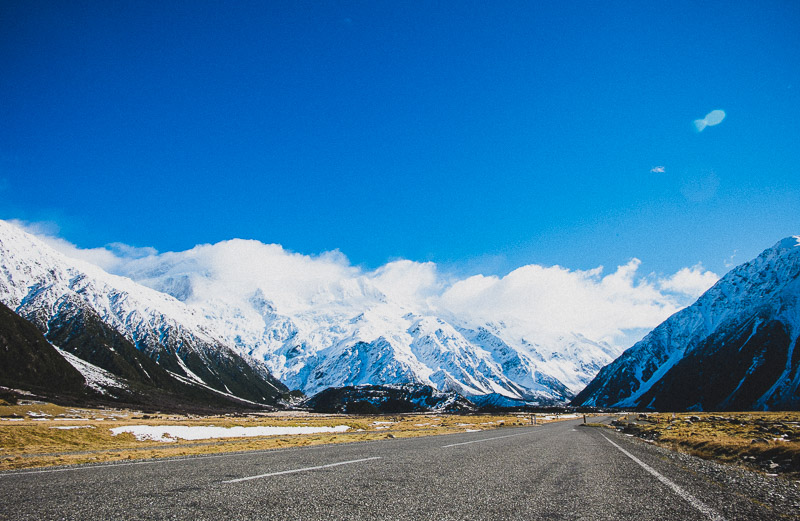If you like this post, help us share it
When it comes to choosing a travel camera, my recommendation has to be a mirrorless camera rather than a DSLR. But of cause that depends on whether you are travelling with photography in mind. If it is a leisure trip, there are significant advantages in travelling with mirrorless cameras. They are smaller and lighter which are perfect for travel. A medium level DSLR kit like Nikon D5500 + 18-55mm f/3.5-5.6 although weighs about the same as the Fujifilm X-E2 + 18-55mm f/2.8-4, but the size is quite a bit bigger, not to mention Fujifilm’s kit lens is one stop faster. In terms of image quality they are almost indistinguishable. The Fujifilm possibly produces sharper images due to its X-Trans CMOS sensor without low pass filter.
Back in the days, the lack of lens choices and medicore image quality were the downsides of mirrorless cameras, but that is not the case anymore. Fujifilm, Olympus and Panasonics now produce some of the most amazing lenses for mirrorless cameras. To name a few, Fujifilm 23mm f/1.4 and 56mm f/1.2 are in that category. Furthermore, other vintage/classic lenses such as Leica, Zeiss or Contax can be used via lens adapters.
Here is a list of my recommended travel cameras:
Fujifilm X-M1 |Fujifilm X-E2 | Fujifilm X-T1 | Olympus E-M10 | Olympus E-M5 | Olympus E-M1 | Sony a5000 | Sony a6000 | Sony a7 II

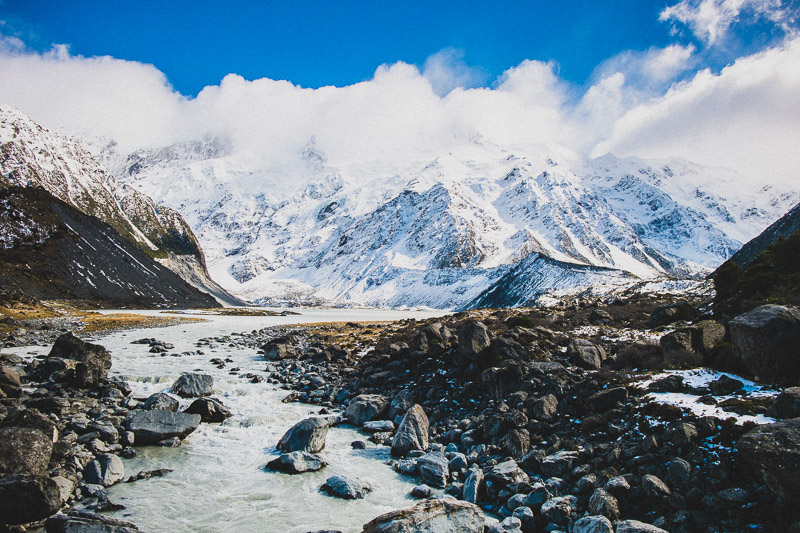
One of the most significant benefits of mirrorless camers has to be its travel friendly size, but that also means the ergonomic design is compromised. The hand grip is typically smaller, fewer dedicated buttons which leads to in menu setting change. But all these are acceptable to me if it means a smaller camera. There is nothing worse than carrying a big camera in a trip like this where I had to hike for hours and hours in the cold. I took these images during my trip to Mount Cook, New Zealand with the most basic Fujifilm X-M1.
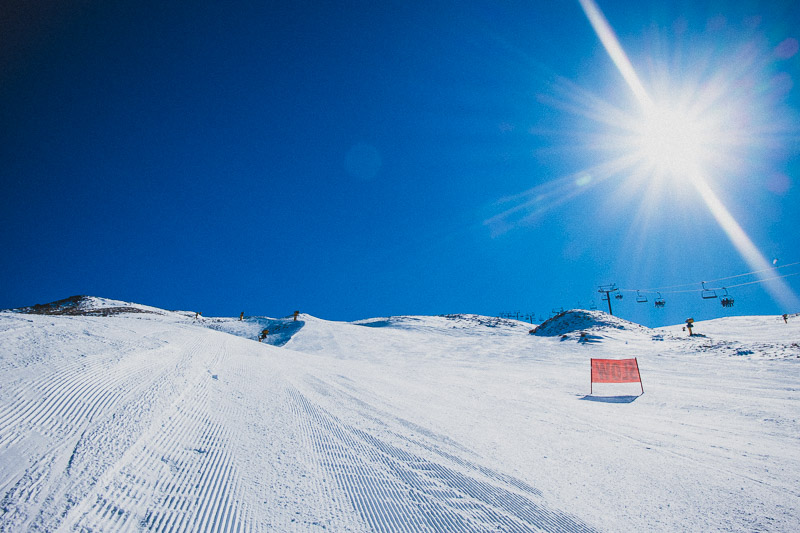
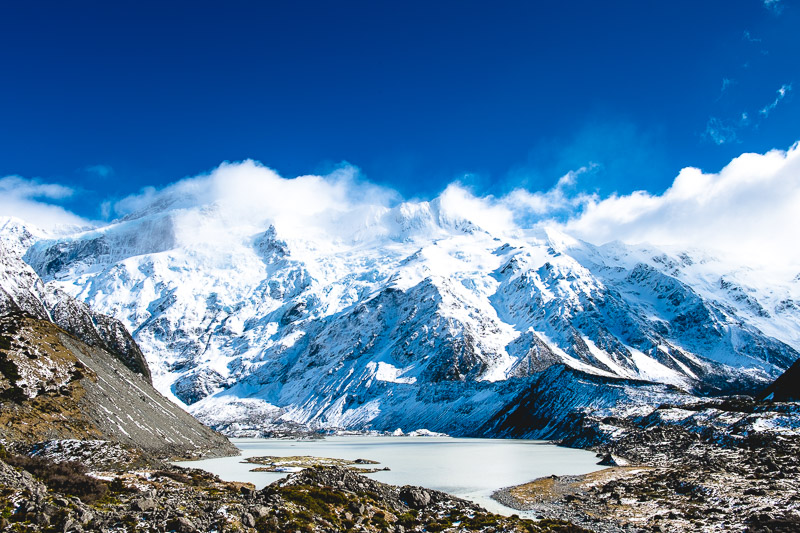
Security is also better with mirrorless cameras, you are less likely to be targeted by thieves with a smaller camera. Also you are likely to have a DSLR camera bag if you are carrying a DSLR, so you are easily being spotted. With mirrorless cameras, you can practically put them in any bags. Auto focus on mirrorless cameras has always been a drawback, but the new hybrid AF system which uses both phase and contract detection has considerably speed up the AF on mirrorless. As a travel camera, super fast AF is not so critical.
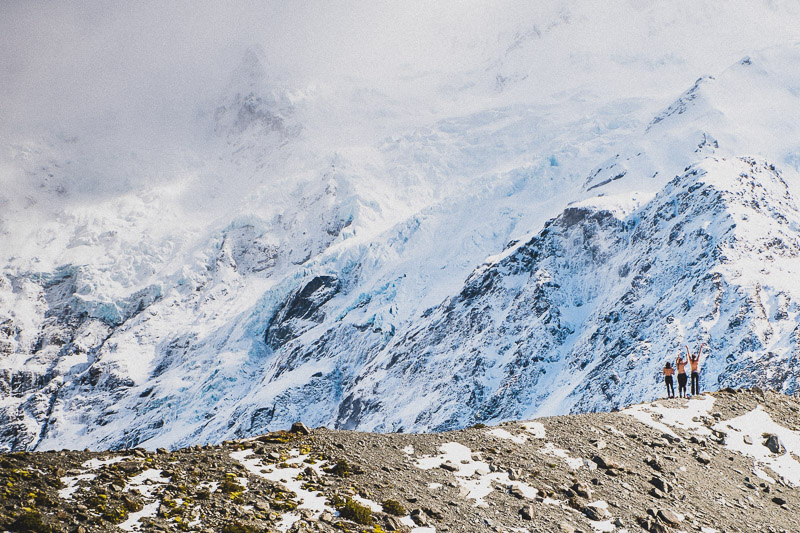
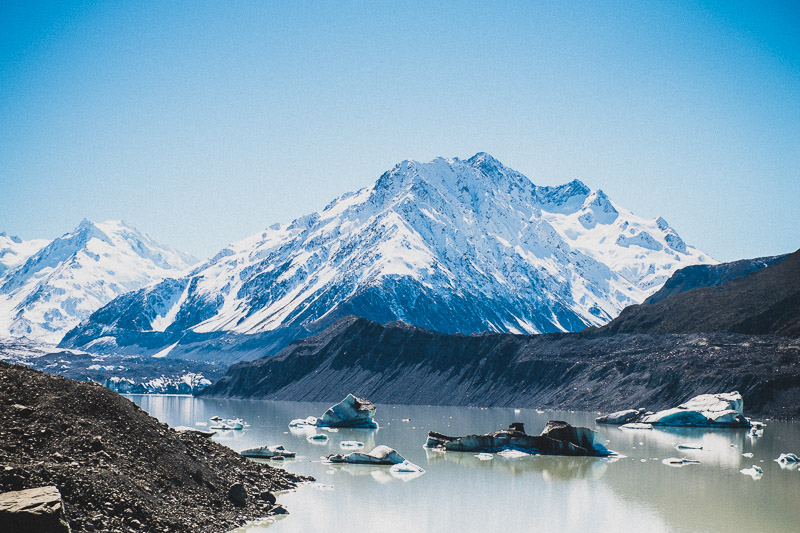
Most mirrorless camera omit the optical viewfinder except Fujifilm X-Pro1, but higher end models replace it with an EVF. EVF is very useful in providing a live preview of what the image sensor sees. It lets you check the exposure and white balance before you shoot. This ability is useful for travelling, it is more enjoyable to shoot when don’t have to check the image after each shot. There are also added features to allow for focus peaking, magnified view for MF. The quality and resolution of EVF have vastly improved in recent time which makes it more useful and operable to OVF.
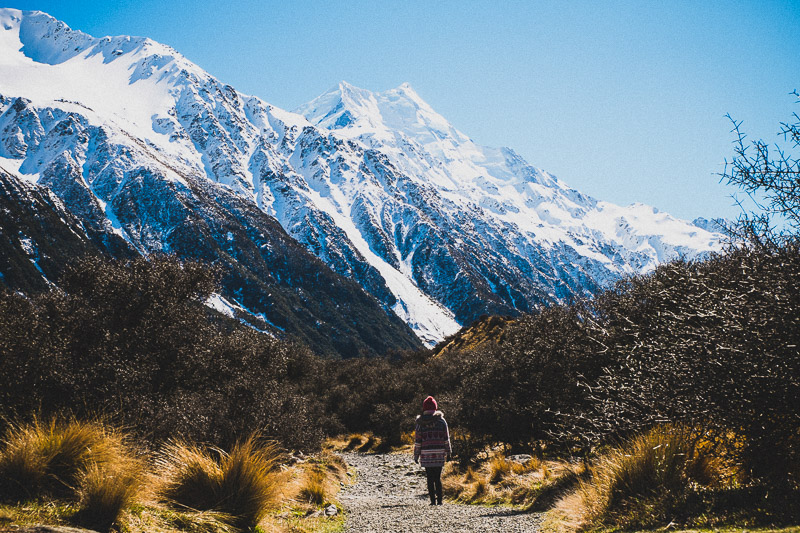
With all these benefits added up, it is hard not choose to travel with a mirrorless camrea. You will have a peace of mind knowing that your camera is easy to use, what you see is what you get from the EVF and rear LCD; you are less likely to be targeted by thieves; your camera is not weighing you down and best of all the image quality is not being compromised. Not to mention, the shutter sound is so quiet too.
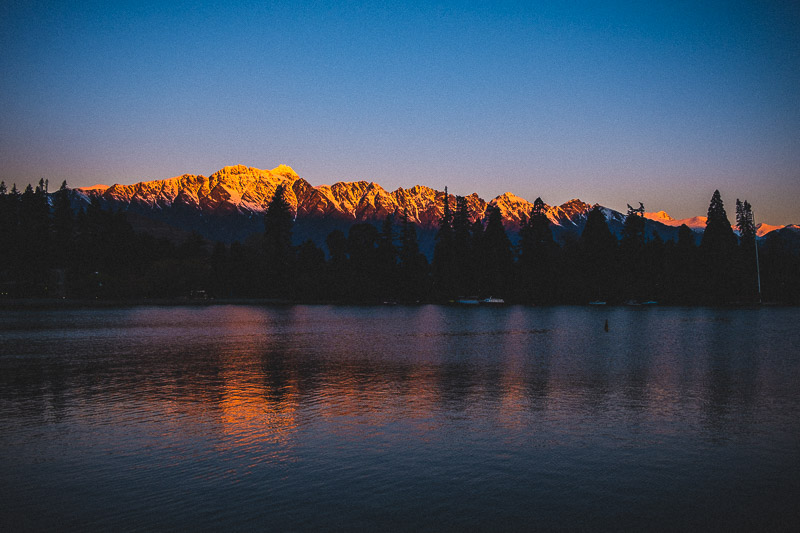
Where can I find the equipment seen on this site?
If you find this site useful and planning to purchase any of the equipment seen on this site, please show your support by purchasing your photo equipment at B&H Photo Video, or through any of the affiliate links seen on this site.


